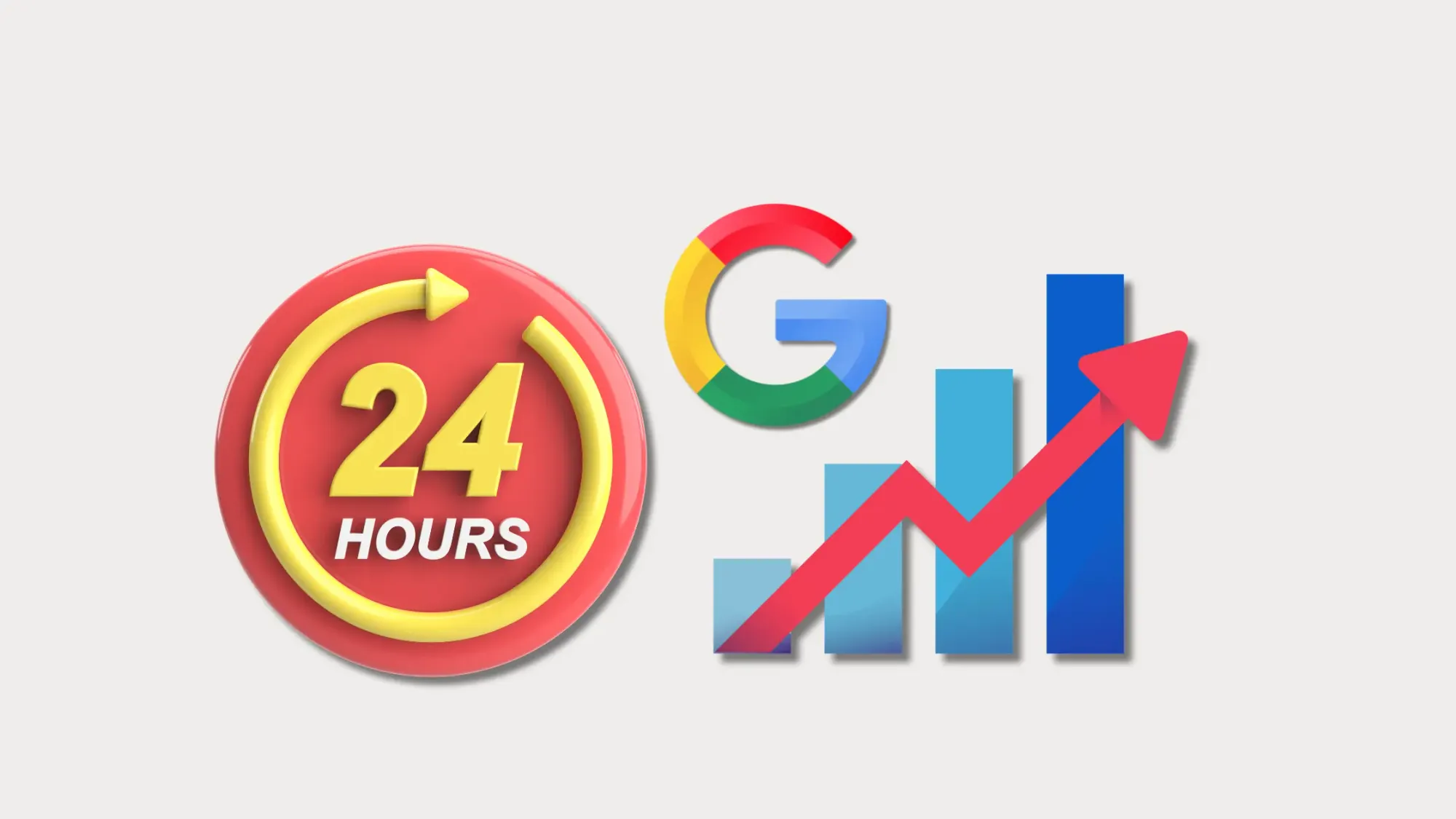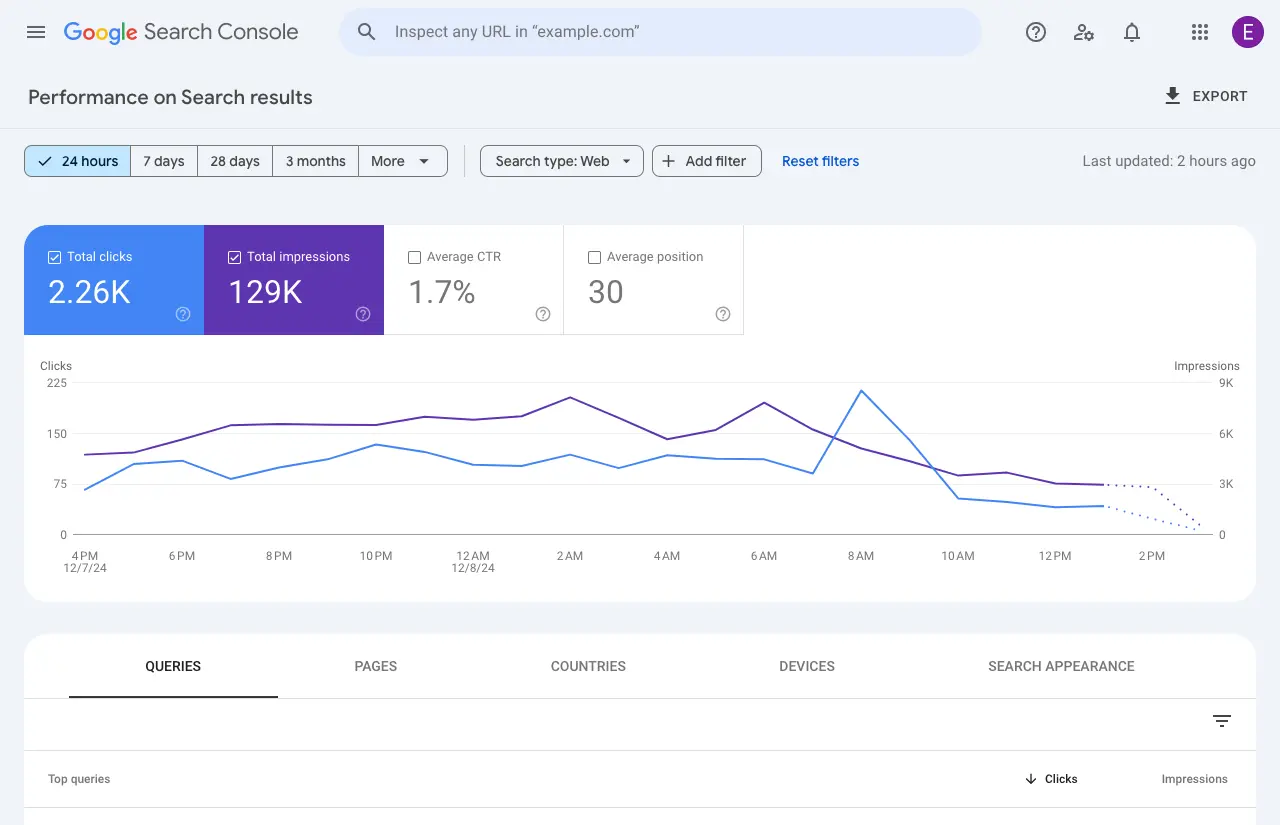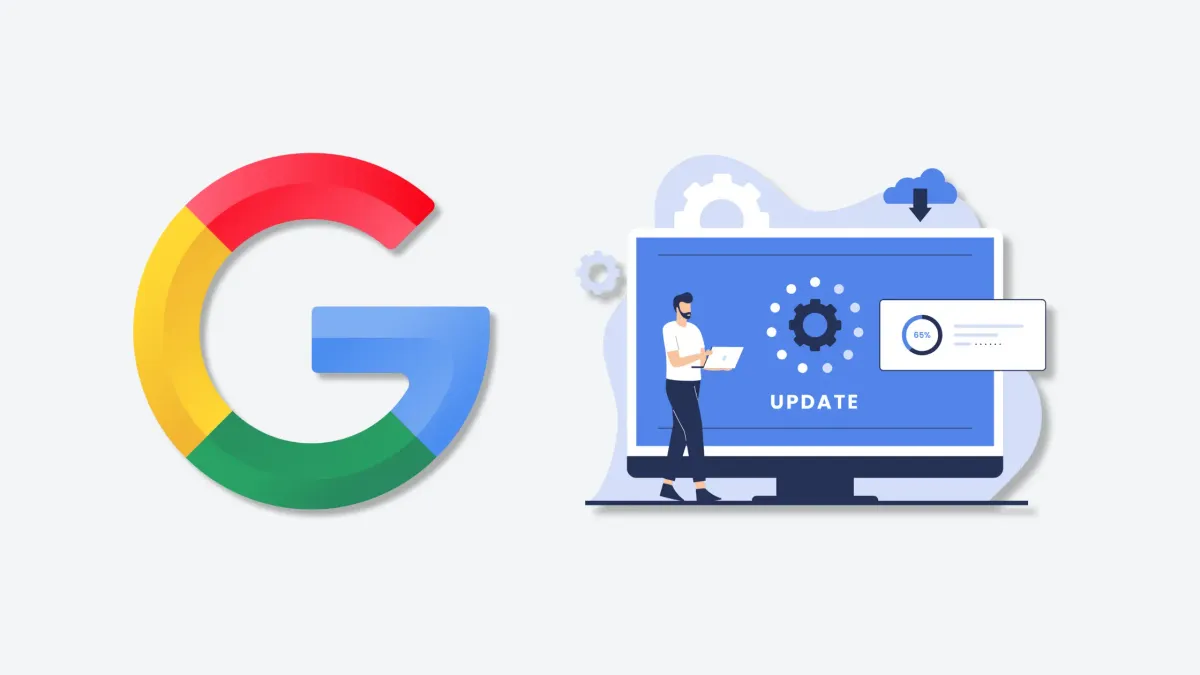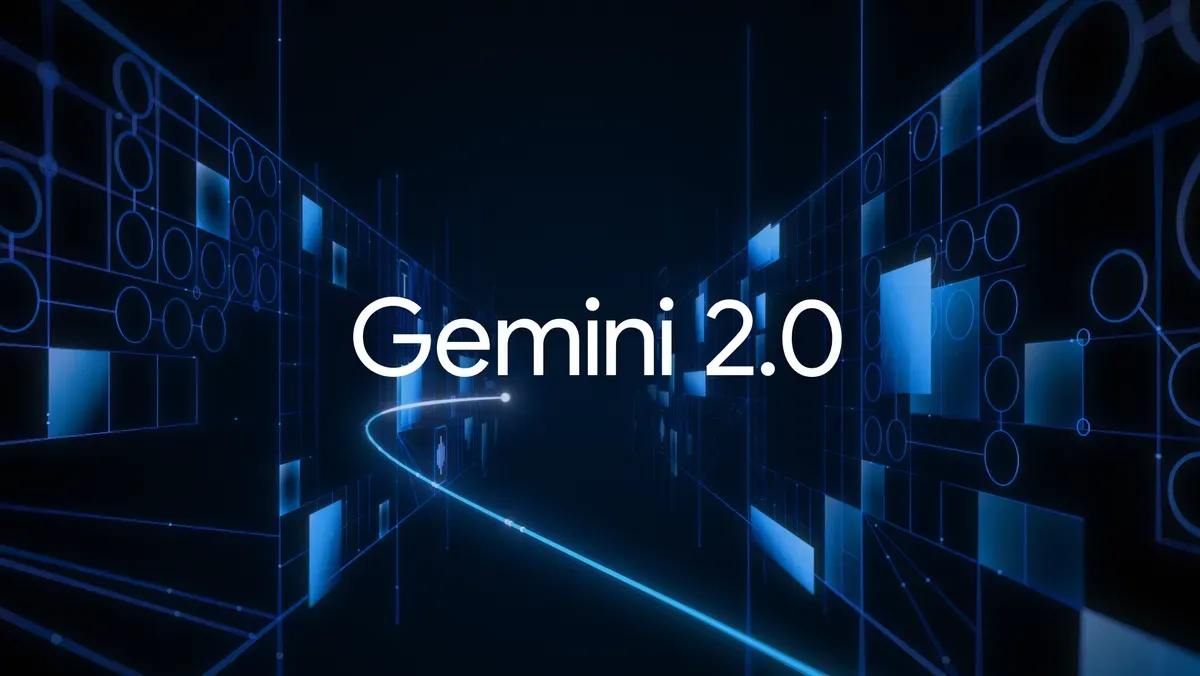Google Search Console’s ‘24 hours’ view: what content marketers need to know
With Google Search Console’s ‘24 hours’ view, marketers can now track how new content performs almost immediately after it is indexed.

Google has introduced a significant update to Search Console with the launch of the new ‘24 hours’ view. Designed to offer near real-time insights, this feature empowers content marketers, SEO specialists, and digital strategists to monitor the performance of newly published blog posts and web pages with minimal delay.
Here’s what you need to know about this feature and how it can help you fine-tune your content strategies.
What is Google Search Console’s ‘24 hours’ view?

The ‘24 hours’ view provides performance data for the most recent 24 hours of your site’s activity. It tracks key metrics like:
- Clicks: How many users clicked through to your website.
- Impressions: The number of times your content appeared in search results.
- Average CTR: The ratio of clicks to impressions.
- Average position: Your ranking in search results.
Unlike traditional Search Console performance reports that have longer delays, the ‘24 hours’ view has a data delay of only a few hours, giving you early access to insights. The data is broken down hourly and works across all major reports, including Search results, Google Discover, and Google News.
Why does this matter for content marketers?
This feature enhances your ability to monitor and adjust your content strategy in several impactful ways:
1. Faster insights, faster optimization
Marketers no longer need to wait days to understand how new content is performing. If you publish an article and notice low impressions or CTR within the first few hours, you can immediately adjust elements like the headline, meta description, or internal links to improve its performance.
2. Performance tracking for time-sensitive content
If you’re publishing content tied to a trending topic, news event, or seasonal campaign, every hour matters. The ‘24 hours’ view ensures you have the data to make rapid decisions while the topic is still relevant.
3. Enhanced campaign alignment
For blog posts supporting product launches or promotions, this feature ensures your content is meeting its goals. You can analyze what’s working and double down on successful tactics without delay.
4. Hourly breakdowns for granular insights
The hourly data breakdown allows you to identify patterns in user engagement throughout the day. This can help you determine the best times to publish or promote content.
How to use the new feature
To access the ‘24 hours’ view, open your performance report in Google Search Console and switch to the new tab labeled ‘24 hours.’ The data is displayed in your local time zone based on your browser settings, ensuring a consistent view regardless of location.
When viewing the data, you’ll notice:
- Overtime graph: Tracks hourly trends in clicks, impressions, CTR, and average position.
- Dotted lines: Indicate incomplete data points for metrics still being processed.
It’s worth noting that Google is rolling out this feature gradually across all properties over the next few months. If you don’t see the update yet, you’re not alone—it will become available to all users soon.
Once the feature is live for your account, you’ll be able to monitor performance data with only a few hours’ delay, giving you actionable insights right after publication.

What are the limitations?
While the ‘24 hours’ view provides early insights, there are a few caveats to keep in mind:
- Data fluctuations: Performance metrics can vary significantly within the first 24 hours. What may seem like underperformance could stabilize later, so avoid making drastic decisions based solely on early data.
- Not a replacement for long-term analysis: Use this feature for short-term optimizations but rely on traditional reports for a more comprehensive understanding of content performance over time.
Examples of how improved data freshness in Search Console can benefit you
This update is part of Google’s broader efforts to improve data freshness in Search Console. The average delay for performance data has been reduced by nearly 50%, making it easier for marketers to stay on top of their content’s impact.
Optimizing a holiday campaign
A retailer publishes a blog post titled “Top Last-Minute Holiday Gift Ideas.” With the ‘24 hours’ view, the content team sees high impressions but a low CTR within the first 6 hours. They tweak the headline to be more compelling and adjust meta descriptions to include “free shipping.” As a result, they observe an immediate increase in clicks.
Testing a new SEO strategy
A marketing team experimenting with new keywords publishes an article and tracks its hourly performance. If the data shows poor visibility, they can quickly refine the content to better match user search intent.

FAQs and recap
How long does Google Search Console validation take?
Validation in Google Search Console usually takes up to two weeks, though it can vary. Validation refers to Google rechecking fixes for reported issues, such as coverage errors or mobile usability problems. During this process, Google verifies whether the flagged issues have been resolved.
Where can I use the '24 hours' view?
The '24 hours' view is available in Google Search Console's Performance reports, including Search results, Discover, and Google News. It provides near real-time data on your site's performance.
How long does Search Console take to update data?
Google Search Console typically updates performance data within 2-3 days. However, with the new '24 hours' view, some data is available with only a few hours' delay, offering more immediate insights.
What data can you gather about your website from Google Search Console?
Google Search Console provides data on:
- Search traffic and performance
- Index coverage
- Mobile usability
- Security issues
Is Google Search Console good for SEO?
Yes, Google Search Console is a valuable tool for SEO. It offers insights into how your site performs in search results, identifies issues affecting visibility, and provides data to improve search rankings.
How long does indexing take?
Indexing can take anywhere from a few hours to several weeks, depending on factors like site structure, content quality, and crawlability. The ‘24 hours’ view in Google Search Console provides performance data only after the page has been indexed and starts generating impressions in search results. For faster indexing, use the "URL Inspection" tool to request indexing or submit updated sitemaps.
Stay tuned to ContentGrip for the latest updates on SEO, martech, and AI tools that can elevate your marketing strategies.




